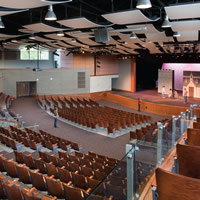
Bringing new relevance to aging performance venues.
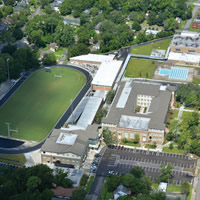
The challenges of making a high school feel "old yet new."
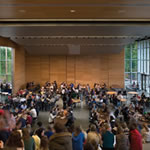
Spaces that are too enticing to sit empty during the day.
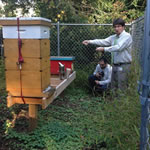
The greenest school around.
What will the 21st-century learning environment look like?
Use a model to make sure you will get the best results.
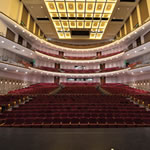
Performing arts spaces are evolving into acoustically advanced, interdisciplinary hubs of campus activity.
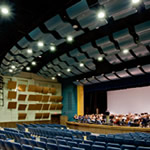
Designing a large school theater in New York City may include different considerations than a tiny theater for a rural community school. Yet, in each case there are similarities that are common to any good theater design.
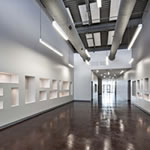
Considerations in the design and construction of music and arts spaces.
Creating schools that are the center of our communities is one of the key factors in creating 21st century schools. As an amenity for all ages, performing arts facilities are able to actively engage the larger community and accordingly, good planning and design will help ensure that the school and community both can reap the benefits of their investment in these facilities.
Whatever the grade level or supplier, safety for budding dancers' joints and durability is paramount. Add affordability and versatility -- that is, a system that accommodates a range of movements, routines and dance genres -- and the right floor.
There are many options and factors to consider when selecting the right flooring for dance and performance spaces. For example, what material is best for the types of dance your program teaches, or could teach in order to grow the program in the future? Also, is your structural subfloor sealed, and above, at, or below grade? That matters because an unsealed, below-grade slab can swell or warp your dance floor by drawing up moisture from the ground.